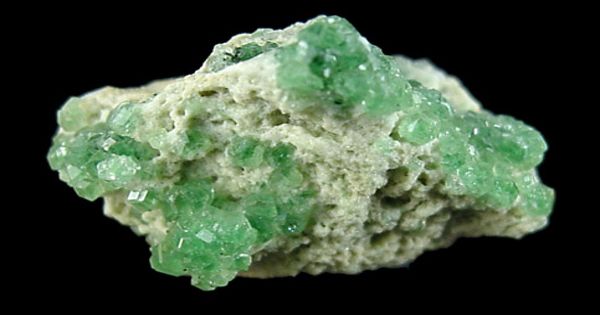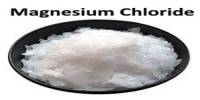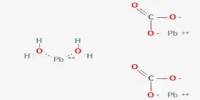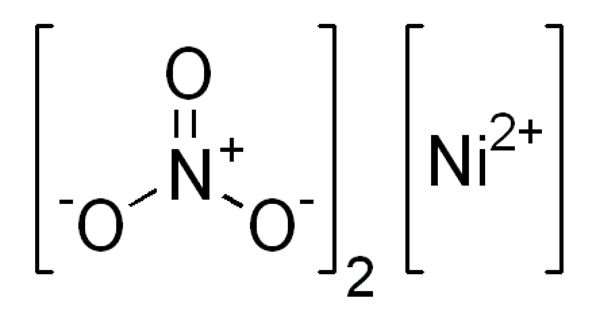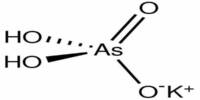Grossular is a member of the Garnet group and is its most varicolored form, occurring in almost all colors except for blue. It is a calcium-aluminum species of the garnet group of minerals. It is a calcium aluminum garnet that sometimes resembles the gooseberry fruit. It has the chemical formula of Ca3Al2(SiO4)3 but the calcium may, in part, be replaced by ferrous iron and aluminum by ferric iron. It can be colorless (when pure), white, yellow, brown, red, or green.
General Information
- Formula: Ca3Al2(SiO4)3
- Color: Brown, orange, red, yellow, green, white, colorless
- Lustre: Vitreous, Sub-Vitreous
- Hardness: 6½ – 7
- Specific Gravity: 3.594
- Crystal System: Isometric
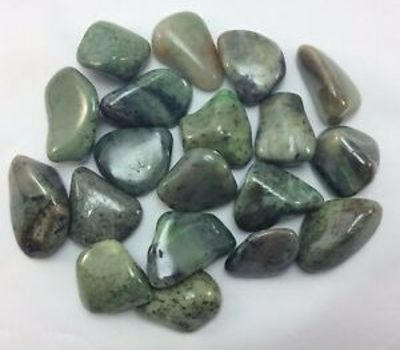
Properties
Grossular is the calcium aluminum garnet and forms in contact or regional metamorphic environments as does andradite the calcium iron garnet.
- Lustre: Vitreous, Sub-Vitreous
- Transparency: Transparent, Translucent
- Colour: Brown, orange, red, yellow, green, white, colorless
- Comment: Colorless when pure (rare), commonly red-orange to brown.
- Streak: White to pale Brownish white
- Hardness: 6½ – 7 on Mohs scale
- Tenacity: Brittle
Occurrences – In contact and regionally metamorphosed calcareous rocks, or rocks which have undergone calcium metasomatism; in some schists and serpentinites.
The name grossular is derived from the botanical name for the gooseberry, grossularite, in reference to the green garnet of this composition that is found in Siberia. Other shades include cinnamon brown (cinnamon stone variety), red, and yellow. Grossular is a gemstone. It is ordinarily found in metamorphic rocks.
Uses
Nearly all grossular used for faceted gems is orange to reddish-brown. Since 1971, however, the use of the term grossularite for the mineral has been discouraged by the International Mineralogical Association. Grossular typically exhibits internal swirls, which help to distinguish it from spessartine, which is clear.
Association: Calcite, dolomite, epidote, clinozoisite, wollastonite, scapolite, vesuvianite, diopside, tremolite, quartz.
Information Source:
